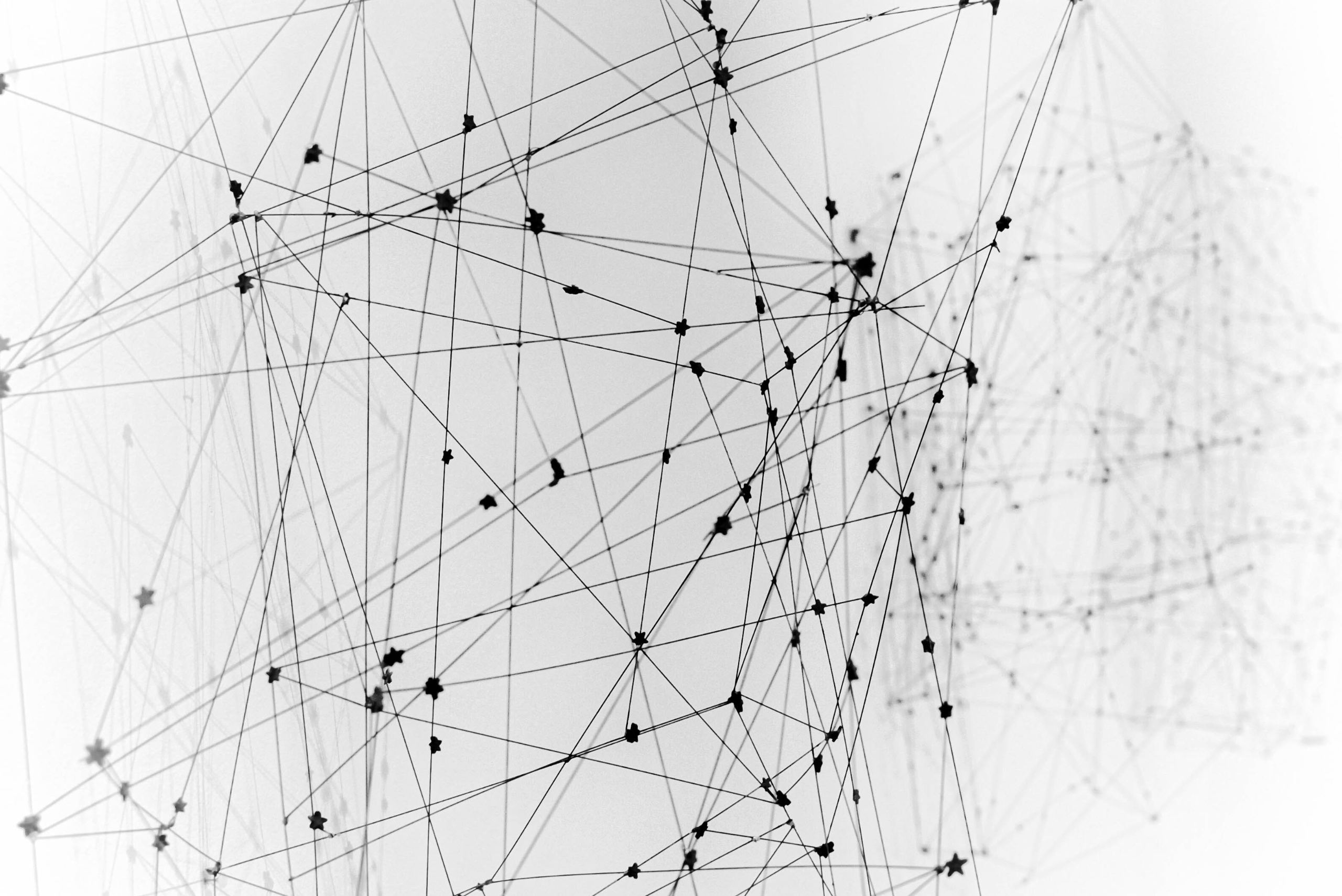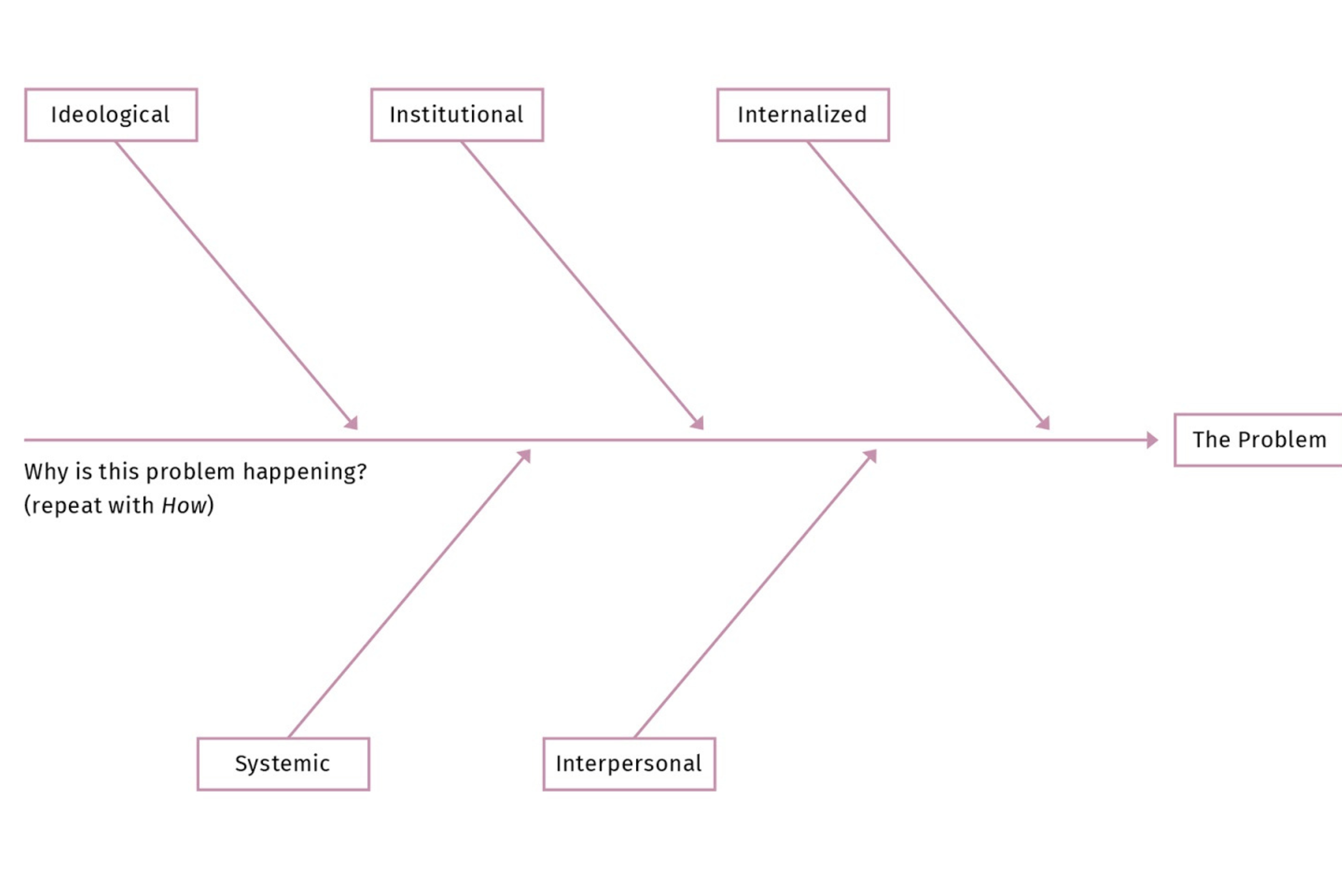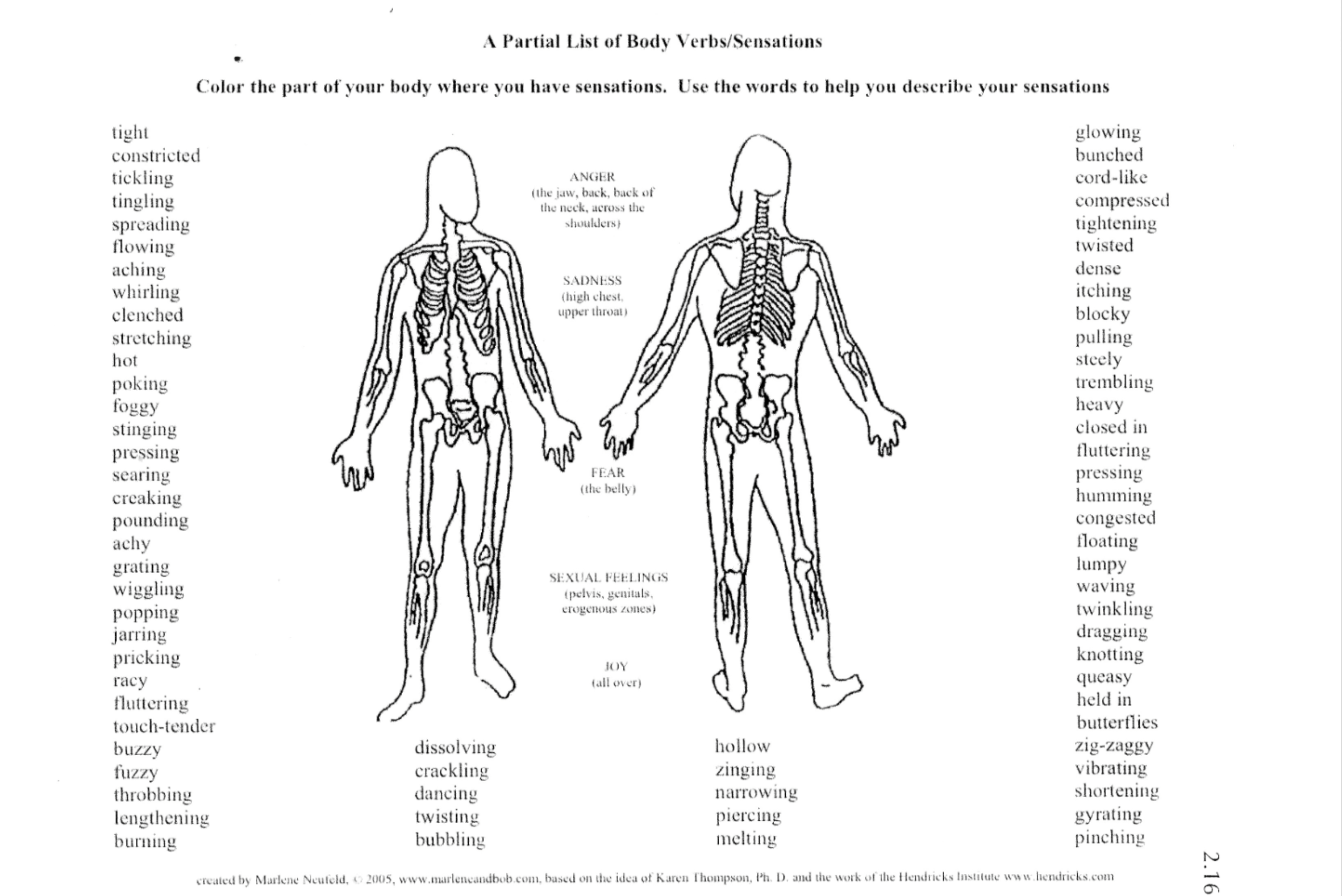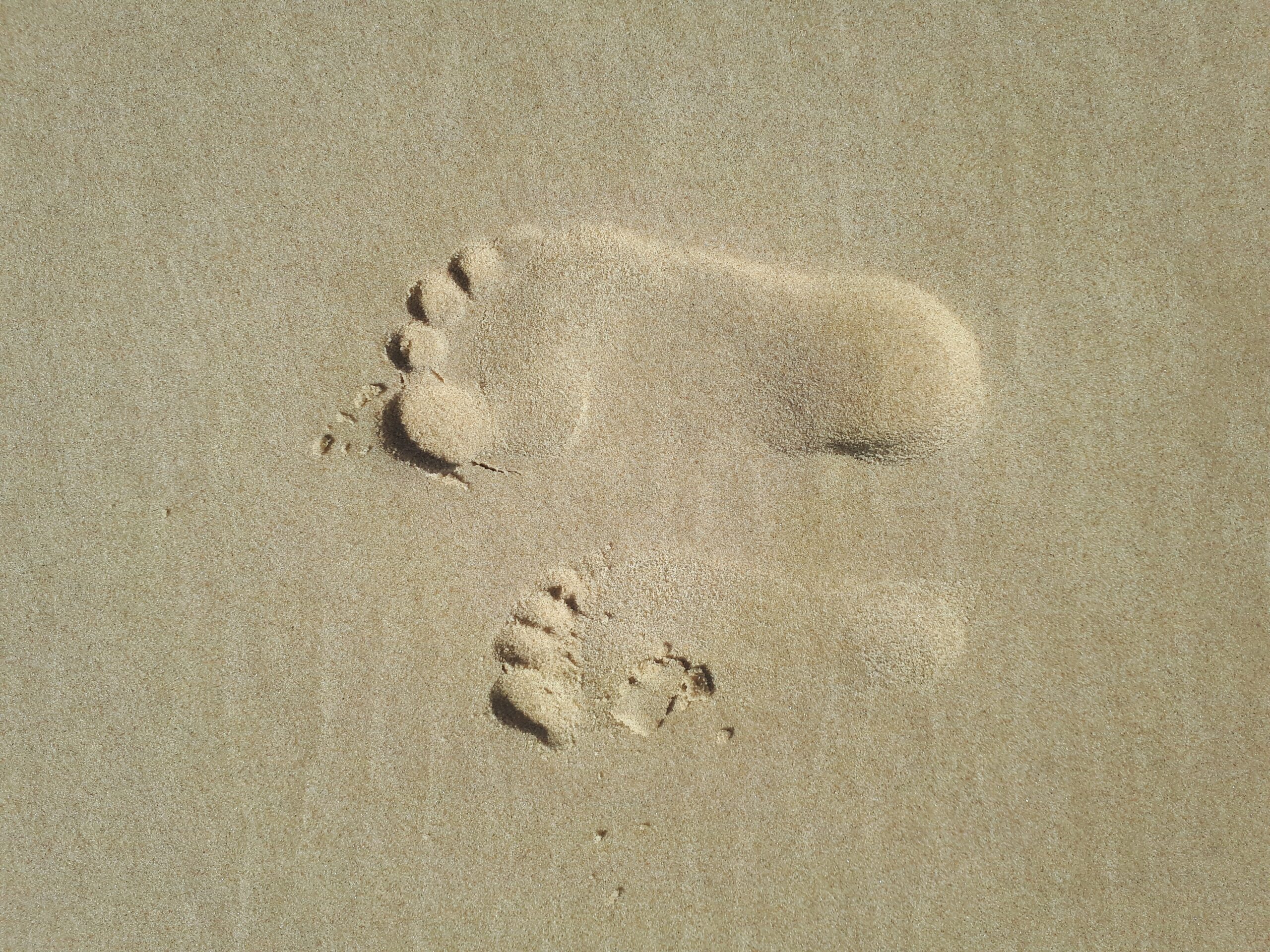Reflect.
FOR MANY OF US, our default way of understanding and describing a problem is in the way it manifests in front of us, for us, between us. While it is absolutely necessary to understand how problems manifest in the day-to-day lived experiences of individuals, we also need to make sure we understand and articulate the institutional, systemic, and ideological dimensions of those experiences. It is often the invisible ways that institutions, systems, and ideologies create and perpetuate our experiences that makes them so difficult to eradicate. In order to truly solve an issue, we need to make visible the forces at play across the 5 Levels of Oppression & Liberation and to be intentional about addressing them.

Task #1: Diagram Why Your Problem Is Happening at All Five Levels of Oppression and Liberation

In this module we invite you to reflect even more deeply about how the problem you are tackling manifests at all 5 levels of oppression.
If your organization doesn’t already have a framework and/or language it uses to talk about these levels, you can use EMD’s 5 Levels of Oppression and Liberation Framework.
If you already use something else (and it has 6 or 3 or 4 levels) feel free to keep using that!
The diagram tool below (you can download a copy from the section to the right) can be used to guide you in asking yourself, “Why is this problem happening at an ideological level?” or “Why is this problem happening at an institutional level?” And so on.
After you’ve gone through and asked why, go through again with the same questions, this time ask “How…”
Write in the open space to the right of each arrow or just make your own box with a heading for each level and fill it in. You can also enter this into your handout packet. Be as specific as you can and bring this to office hours with Christine Ortiz if you have any questions or want feedback.

Task 2: Explore These Resources

If you don’t already have a systems change framework and/or shared language, explore these resources and see if they resonate/are useful to your team and the work at hand.
We like to use the water of systems change framework to make sure we’re taking a holistic and systems change lens to understanding our problem (and eventually designing solutions!).
At the link above, skim the report, watch the video or just dive into applying the framework. What are the conditions that are holding your problem in place? How can you make sure to attend to structural, relational and transformative change?
Just for fun: We love this passage (and frankly the whole book) from Metaphors We Live By by George Lakoff and Mark Johnson. It’s a 4 minute read (start at the second paragraph at “Another example. . . “)
What metaphors (and through those metaphors meaning, actions and possibilities) does the use of the word “problem” lead you to? What about alternatives to the word “problem”? How do metaphors guide your understanding of the problems you are working to solve and, therefore, potential solutions?
Inner Work: Reflections on Module 3

This week’s materials and tasks asked you to explore both context and mental models (mindsets and metaphors) in relationship to your problem, but this set of tools can be extremely helpful when we begin to think about our own history, context, and social conditioning.
- Reflecting on your own upbringing and journey from childhood to now, what are the oppressive ideas, systems, and institutions that have shaped your relationships with others and with yourself?
- What are the liberatory ideas, systems, and institutions that have shaped your relationships with others and with yourself?
- How have these influences and socialized experiences shaped the values that drive your work?
As you reflect, keep track of any body sensations or emotions that may accompany your thoughts or memories. We’ve included a handout that tees up various body sensations to help you consider what you may be experiencing. The reason we ask you to keep track of your body sensations isn’t to be woo woo; it’s because the science tells us that your body will register the truth of these reflection questions more quickly – and more accurately – than your cognitive brain will. We explore this further in our Inner Work of Social Change – and encourage you to give it a try here.

Next Steps

Once you have a clear sense of the many things keeping the problem in place, and the role you will play, you’re ready to move on.
If you’re not quite sure you understand the system your problem lives in and your role in tackling it, pull together the content from the last two modules and continue to dig into your problem. We truly believe that the largest unused lever for equity is problem definition work. Take as long as you need to make sure you know what problem you are trying to solve and your relationship to it.
That being said, with big, complex problems, we can never know everything– we just need to know enough so that we can begin to put solutions into the world and see if they make the dent in the problem.
